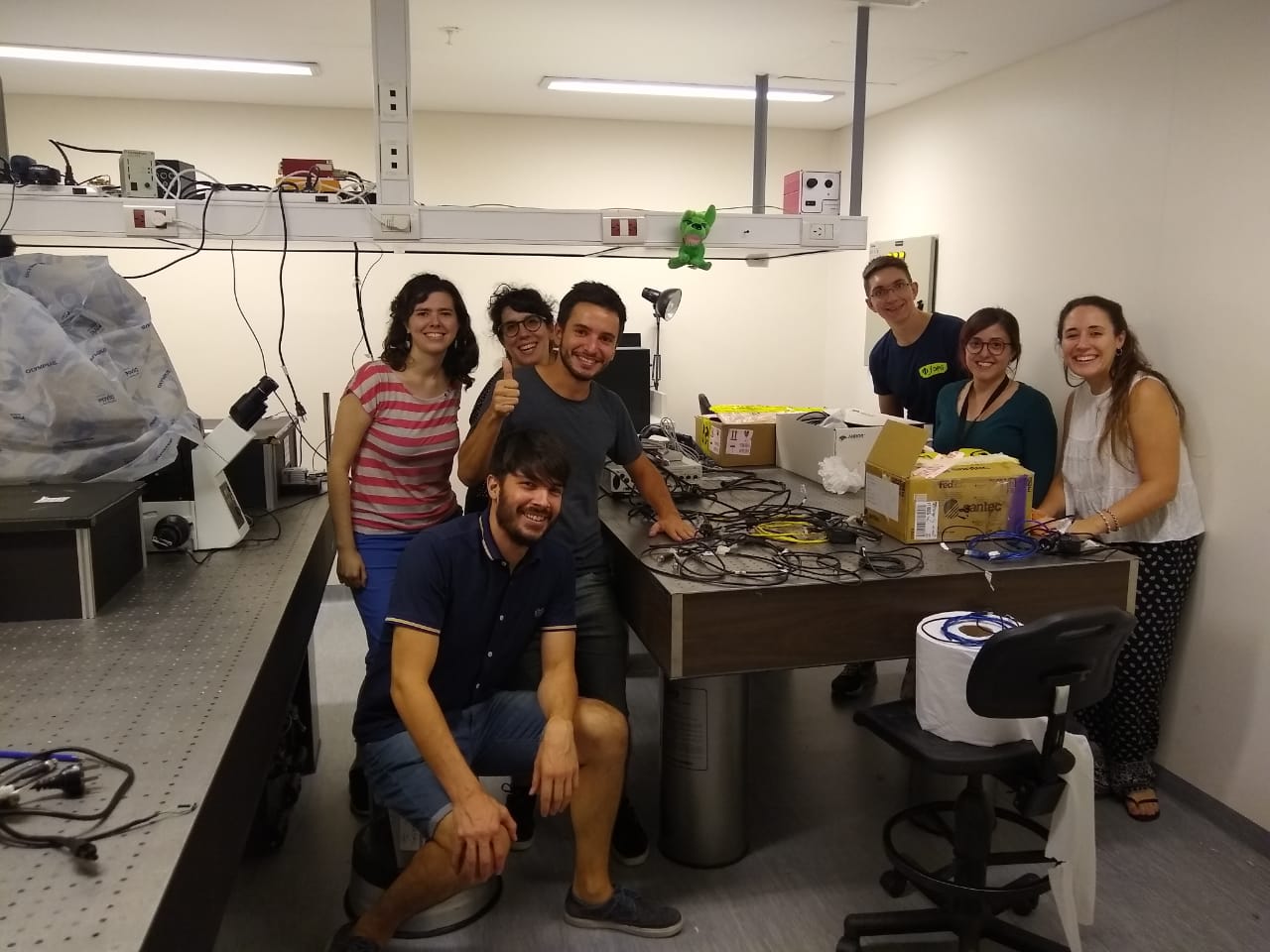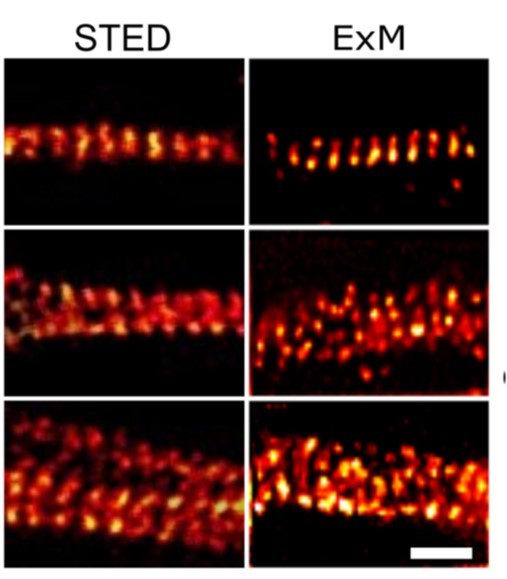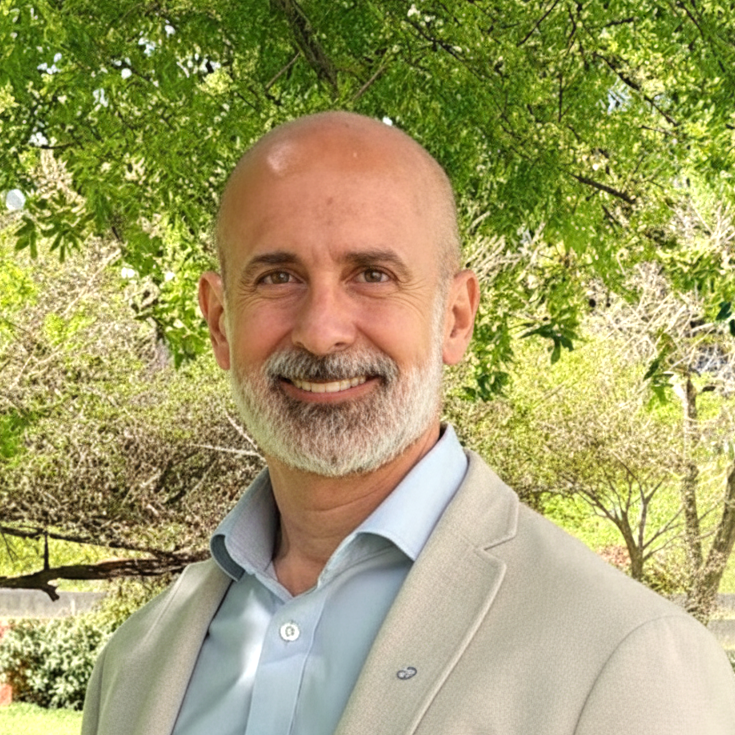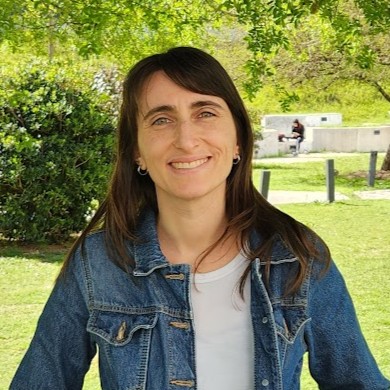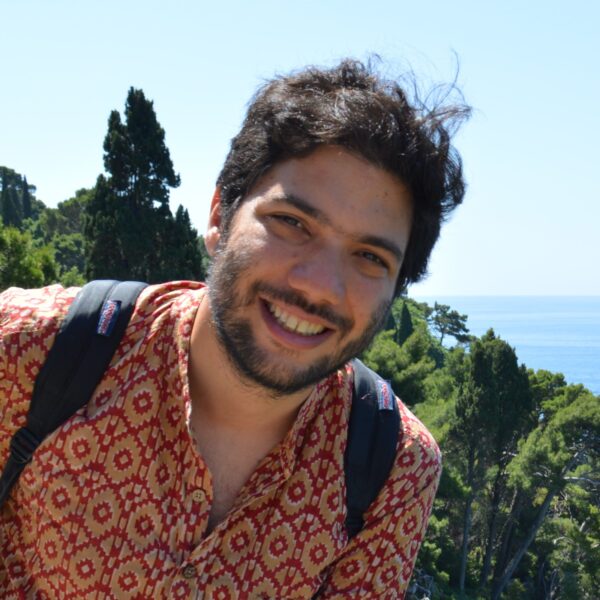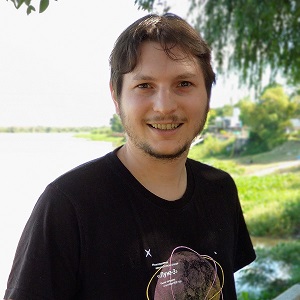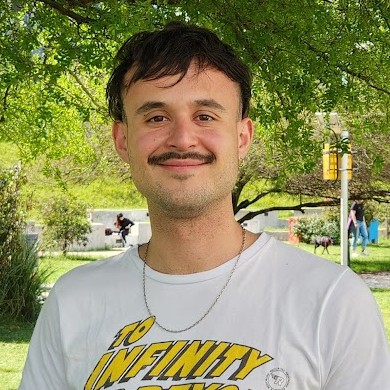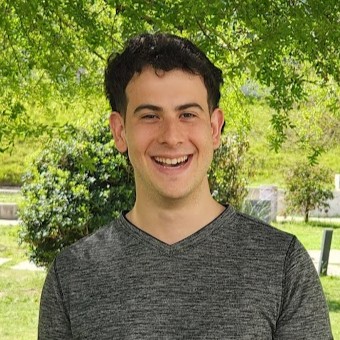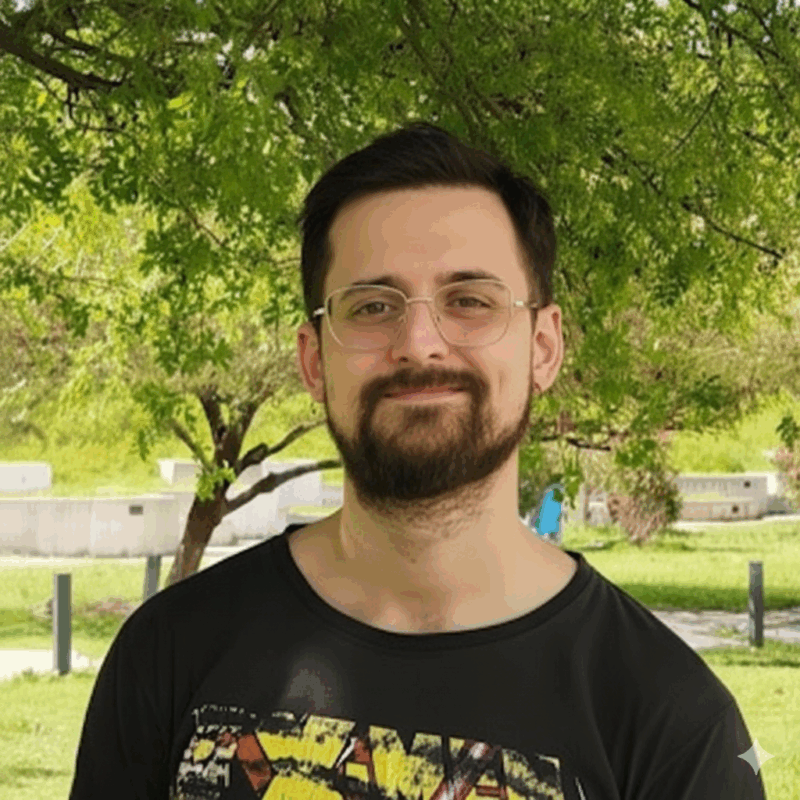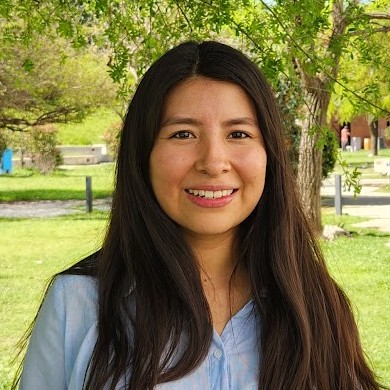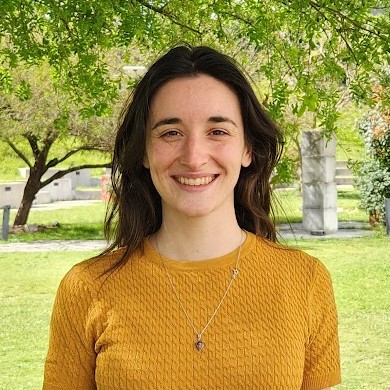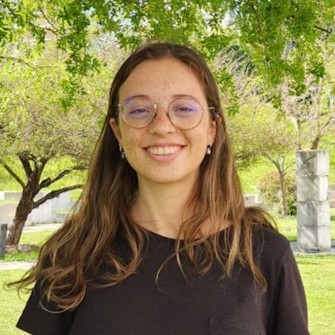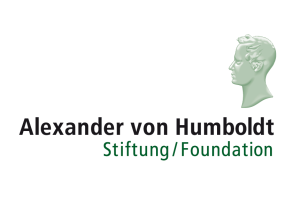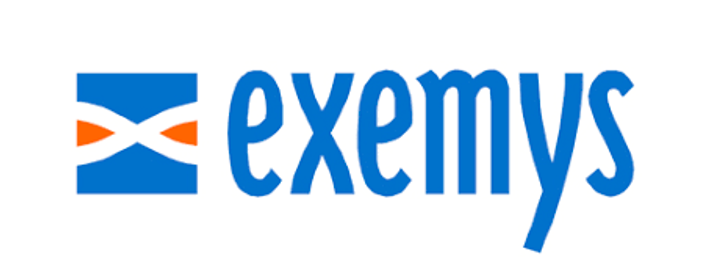Center for Bionanoscience Research (CIBION), National Scientific and Technical Research Council (CONICET)
Physics Department, Faculty of Exact and Natural Sciences, University of Buenos Aires (UBA)
Using optical methods, we explore the properties and technological applications of nanoparticles, single molecules, nanostructured materials, supramolecular assemblies, biological and hybrid nanosystems.
The Applied nanoPhysics Group was launched in October 2009 at the Physics Department, Faculty of Exact and Natural Sciences, of the University of Buenos Aires (UBA)
In 2012 we moved our labs to the Center for Bionanoscience Research (CIBION) of the National Scientific and Technical Research Council (CONICET), while Prof. Stefani still holds his position at the Physics Department of the University of Buenos Aires.
CURRENT RESEARCH ACTIVITIES
Fluorescence nanoscopy.
Super-resolution fluorescence microscopy, also known as fluorescence nanoscopy, has revolutionized biological imaging because they provide deep sub-wavelenght spatial resolution while keeping the low-invasiveness of far-field optical interrogation. We apply and optimize well-established methods like STED and STORM, and develop new ones, such as MINFLUX, and open-source software for fluorescence nanoscopy. With them, we address questions of cellular and neuronal biology.
Optical printing colloidal nanoparticles.
Colloidal chemistry enables the fabrication of nanoparticles of different shapes, sizes and material compositions, that exhibit unique physical and chemical properties, inexistent in bulk materials. In order to make use of those properties in devices and circuits, it is necessary to develope methods to bring the colloidal nanoparticles from the liquid phase to specific locations of solid substrates. We address this challenge using optical forces.
Self-assembled Nanophotonic Devices.
Semiconductor-based devices are approaching intrinsic limits of speed and heat dissipation.
Optical devices are faster and practically loss-less, but their size miniaturization is limited by the wavelength of light. Nanophotonics and Plasmonics deals with the manipulation of light at the nanoscale. We investigate light-matter interaction between single-photon emitters and metallic nanoparticles organized in nanodevices by self-assembly.
LATESTS NEWS
A new MINFLUX approach, simpler set-up and with lifetime information!
Since its presentation in early 2017, MINFLUX has generated a lot of interest in the bioimaging community because it enables the localization of single fluorescent molecules with the highest precision, namely 1 nm or less, which is the size of the photon emitting conjugated systems in molecules. However, since then, [...]
Congratulations Lars!
Lars Richter came to our group in October 2019 with the support of a DAAD fellowship. For his Master's thesis, he worked closely with Luciano Masullo on our pulsed-interleaved MINFLUX, and was a great member of our research team. Now, Lars has moved to Munich to start a Ph.D. program [...]
Measuring the temperature of a nanoparticle under illumination
Plasmonic nanoparticles (NPs) are particularly efficient converters of light into heat, making them useful as remote-controlled nanometric sources of heat in numerous applications. However, measuring the temperature of a NP under illumination is not a simple task. In our recent paper in ACS Nano, we present a nanothermometry method based [...]
Detecting fibrillar molecular organization even when it is invisible!
SMLM is fantastic to obtain super-resolved fluorescence images. However, it is often the case that the density of localizations is too low to obtain a clear image. Instead, sparse distributions of single-molecule positions are obtained, where any underlying molecular organization is invisible to the eye. The reason for this could [...]
New equipment for the lab!
We received a shipment with various instruments and equipment coming from Göttingen, as a generous donation of the Max-Planck Society organized by Dr. Thomas Jovin. All the team was very happy and helped with the unloading and unpacking. Thank you so much, Tom, for your friendship and [...]
Revealling the NEDDylome
We are happy to see our contribution with super-resolution fluorescence imaging to this wonderful work led by our collaborator Dr. Damián Refojo (IBIOBA-CONICET, Max-Partner Institute), and his colleagues from Genentech Dr. Donald S. Kirkpatrick and Dr. Morgan Sheng. Neddylation is the post-translational protein modification most closely related to ubiquitination. Whereas [...]
Quantitative expansion fluorescence microscopy
Expansion microscopy is a useful alternative to super-resolution imaging to visualize sub-diffraction cellular structures. However, it only works quantitatively if the expansion is calibrated correctly, which is not trivial. In our recent paper in Scientific Reports, led by our collaborator Dr. Nico Unsain, we present a protocol to perform expansion [...]
All set-up for the first Photonics Online Meetup!
On January 13th, our group participated as a streaming hub in the first edition of the Photonics Online Meetup, an all-virtual, free conference of photonics (https://photonicsonlinemeetup.org/). The conference was entirely online and gathered researchers from all over the world for a one-day meeting that included a poster session via Twitter. An [...]
COLLABORATORS
STEFAN HELL
Max-Planck-Institute for Biophysical Chemistry (Göttingen, Germany)
THOMAS JOVIN
Max-Planck-Institute for Biophysical Chemistry (Göttingen, Germany)
ALFREDO CÁCERES
Instituto Universitario de Ciencias Biomédidas de Córdoba (Córdoba, Argentina)
PHILIP TINNEFELD
Ludwig-Maximilians-University Munich (Germany)
GUILLERMO ACUNA
University of Fribourg (Switzerland)
ANDRÉS ZELCER
Centro de Investigaciones en Bionanociencias (Buenos Aires, Argentina)
ANDREA BRAGAS
University of Buenos Aires (Argentina)
DARÍO KRAPF
Instituto de Biología Molecular y Celular de Rosario (IBR – Santa Fe, Argentina)
SABRINA SIMONCELLI
University College London (UK)
DAMIAN REFOJO
Biomedicine Research Institute of Buenos Aires (Argentina)
RODRIGO PALACIOS
Universidad Nacional de Río Cuarto (Córdoba, Argentina)
OSCAR CAMPETELLA
Universidad Nacional de General San Martín (Buenos Aires, Argentina)





